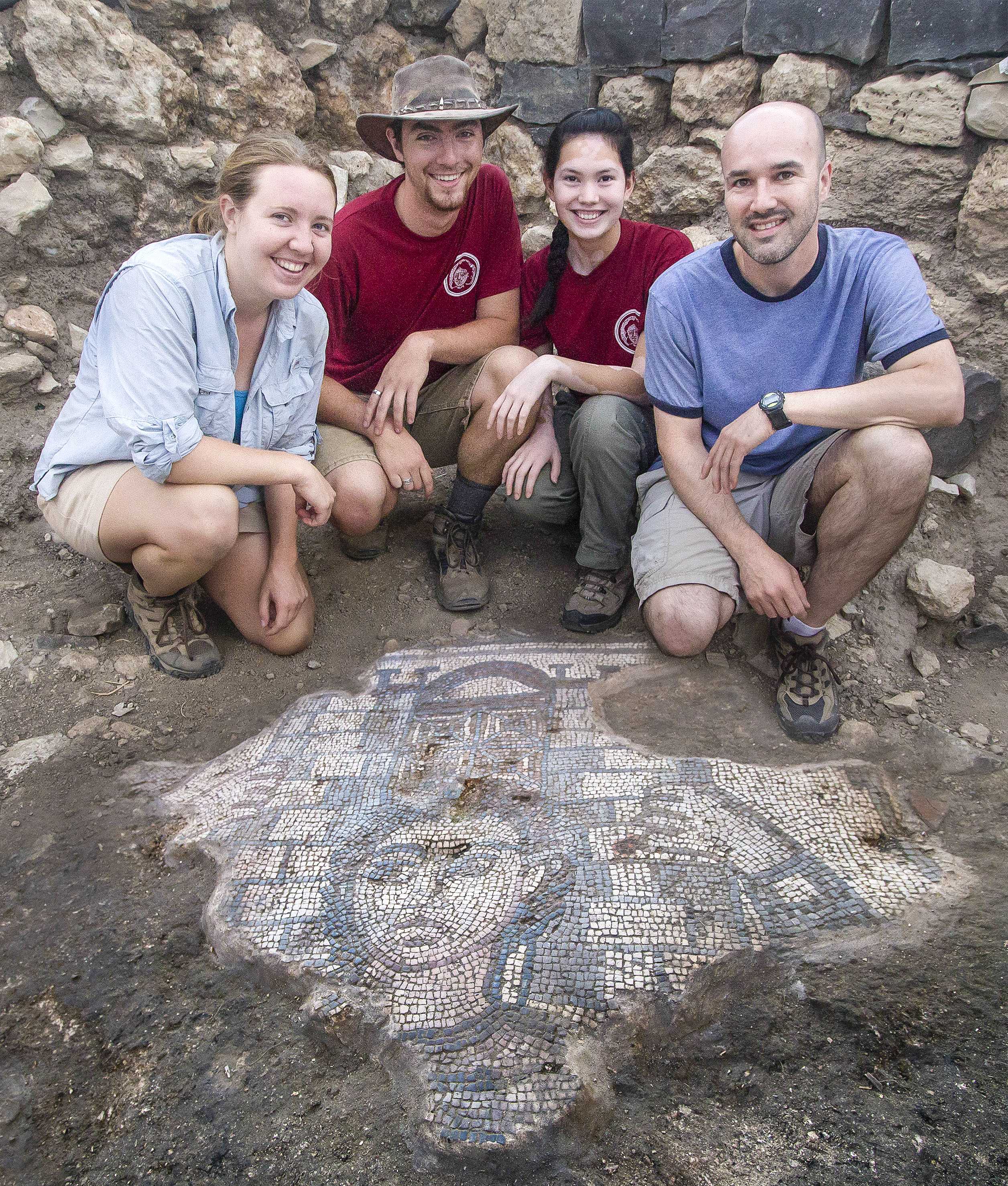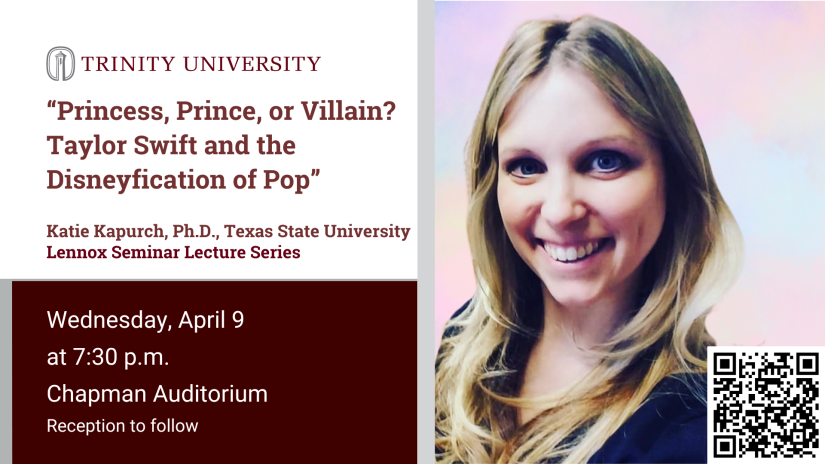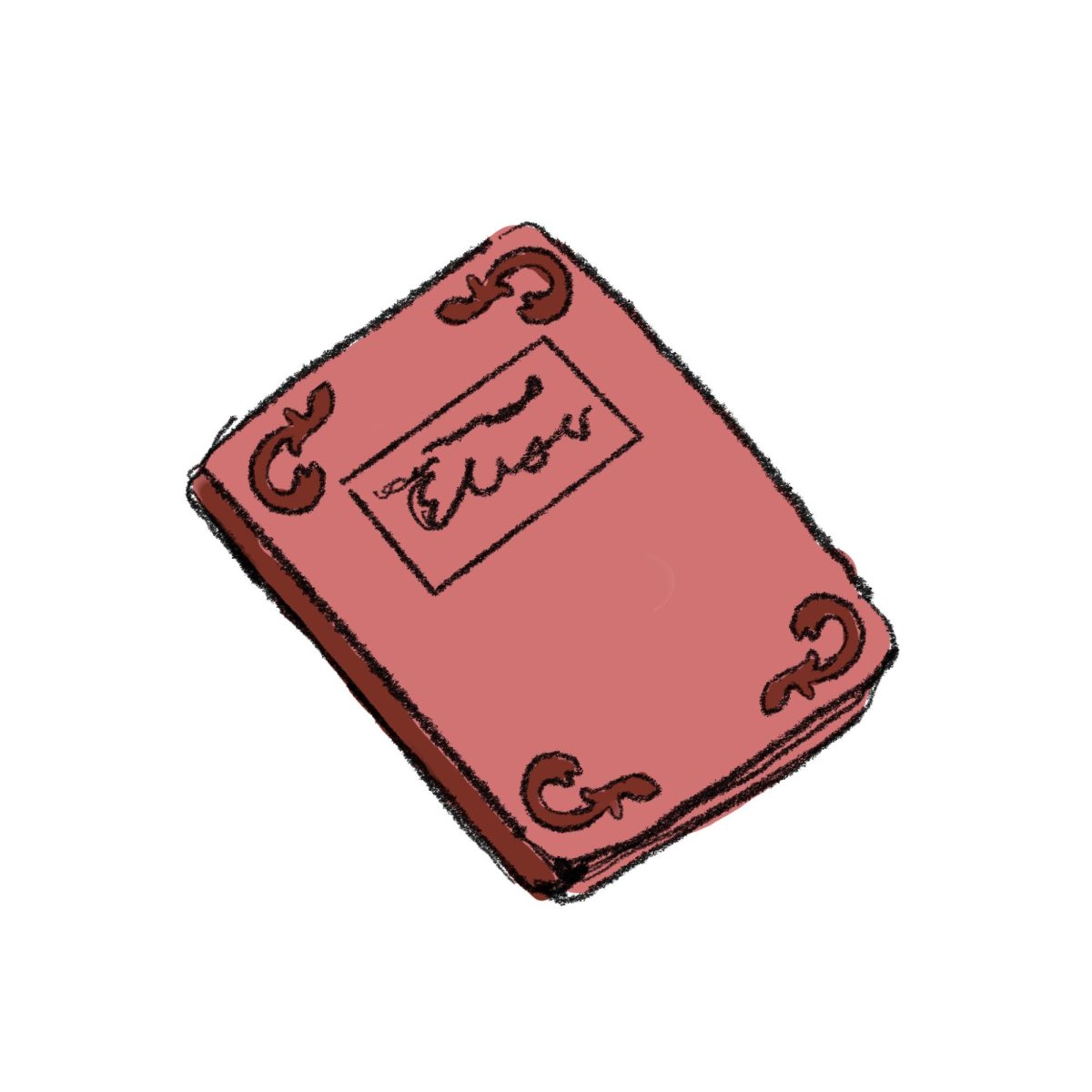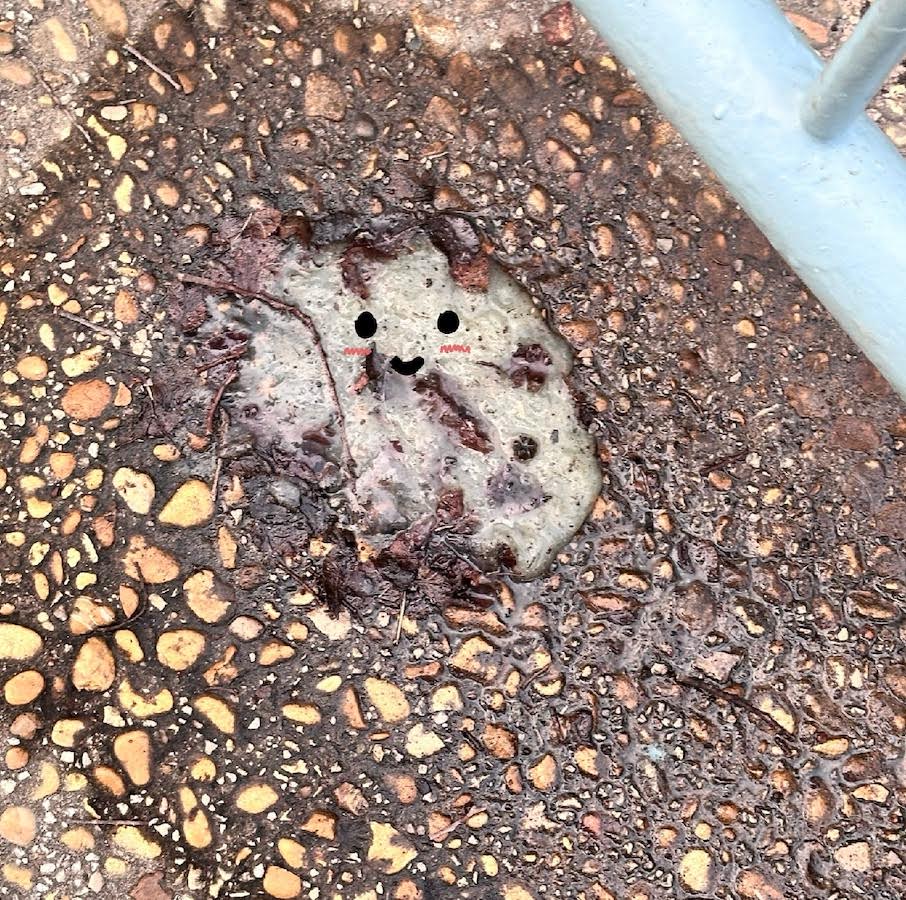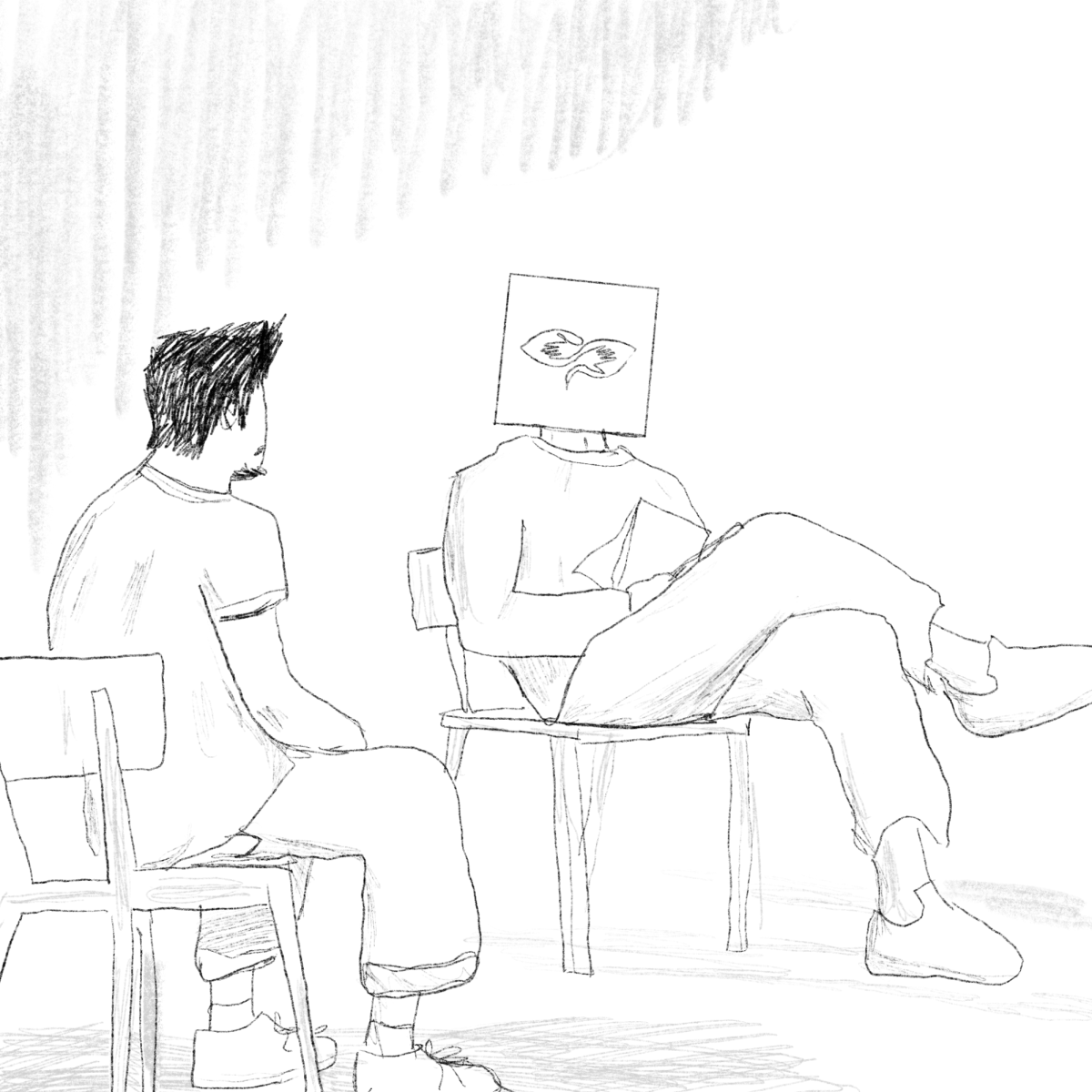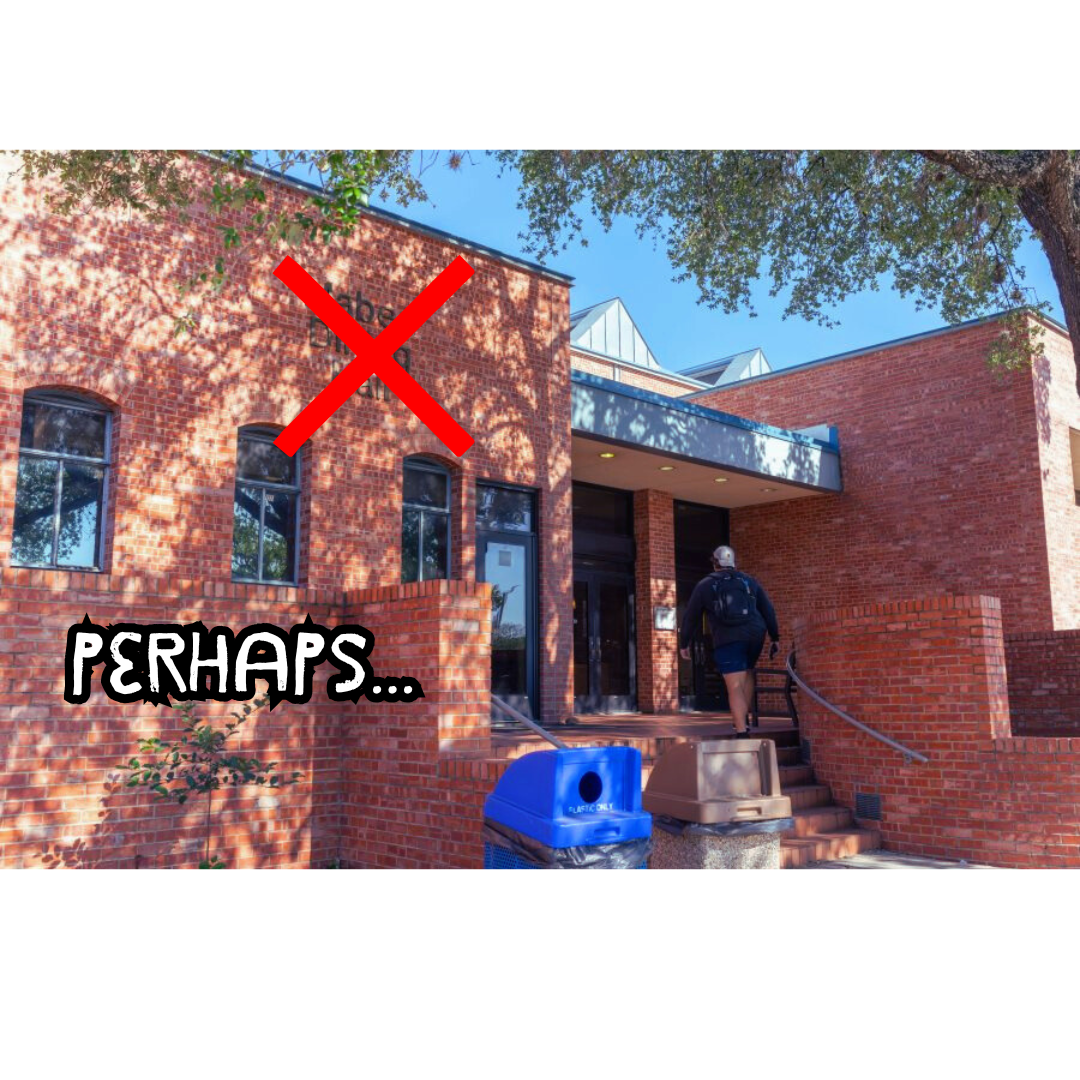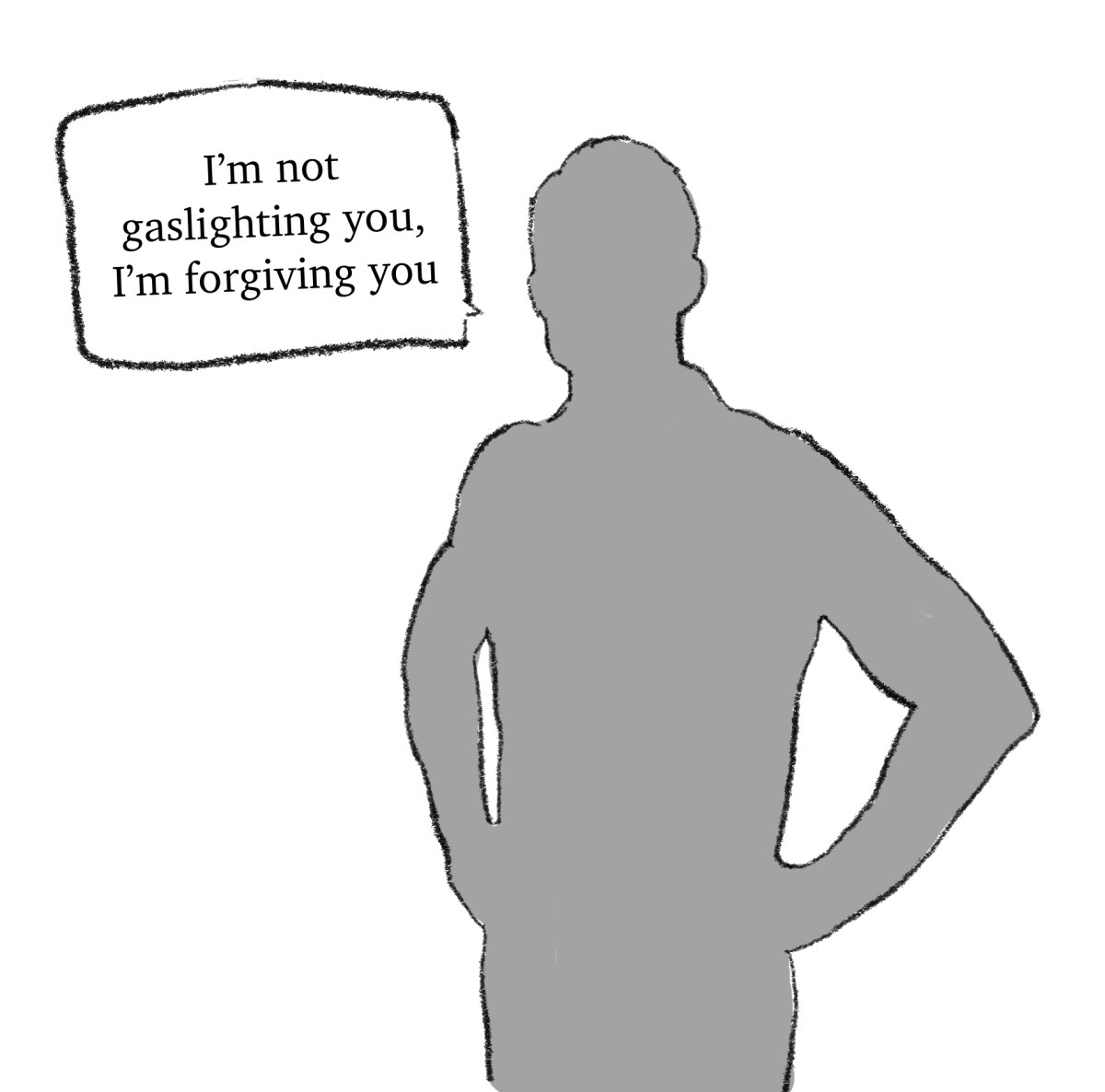Ever since the movies came out, Indiana Jones has had great influence in stimulating interest in archaeological exploration. Countless people have entered the field with the character as their inspiration, and this story is no different.
When senior Sara Breshears, a double major in anthropology and ancient Mediterranean studies, heard about the opportunity to travel to Israel this summer for an archaeological dig, she knew she had to be a part of the experience. It was her chance to become Indiana Jones.
“I’ve always just wanted to go out and find things like Indiana Jones. He inspires everyone at some point, even if they don’t like to admit it. That’s part of what inspired me,” Breshears said.
An aspiring archaeologist, Breshears also had more practical reasons to go on the trip.
“I wanted to go on this dig so that I have some experience under my belt when I start looking at grad schools,” Breshears said.
Breshears, along with junior Jennifer Miller and recent Trinity graduate Joshua Pedrick, joined assistant professor of religion Chad Spigel for four weeks of intensive work in Israel through a University of North Carolina at Chapel Hill summer study abroad course. During the four weeks, students excavated at the site from 5 a.m. to 12:30 p.m. Sunday through Friday, attended lectures and workshops and went on field trips.
“This is experiential learning at its best. Unless you’re actually out there doing it, it’s all theory. This is an academic experience like none other where not only do you learn how and why you are doing things, but you actually get to participate in it in the field. You get to see that your professors aren’t just in the classroom teaching; they actually do research, and this research creates history,” Spigel said. “They can read a history book, but students don’t always understand how that history book is written. When they’re on the excavation, they see how it’s written.”
Spigel also said the trip was a good way for Trinity students to see how other students and professors approach academic research.
“They get to explore another culture different from their own, and they get to connect with students from all over the country and Canada. You also get to work with professors you would never work with here at Trinity,” Spigel said.
Miller, a religion major, enjoyed having the opportunity to learn to interact with different kinds of people while working at the site.
“Working with all of those people was really great. It was definitely very interesting to see where everybody came from and what their different areas of expertise were and what they were interested in. It made for a really diverse group,” Miller said.
In the summer of 2012, a mosaic depicting the biblical character Samson was discovered on the east side of a fifth-century Roman synagogue at Huqoq in Israel’s Lower Galilee. Samson, known as the last judge of Israel, is shown with foxes tied tail to tail, just as it is written in Judges 15:4 in the Bible. This summer, another image of Samson was found in the same synagogue; in this mosaic, Samson carries the gate of Gaza on his shoulders, an accurate illustration of Judges 16:3.
“Luck does play a big role in it. Last year when we found the first mosaics, we had no idea we were going to find them. We did think, however, that we were going to find a synagogue. We didn’t find the mosaic or even the synagogue in the first place we looked, so we moved to a different place and just got lucky that there was a mosaic floor,” Spigel said. “The second season we were pretty sure that the synagogue would continue along that same line because we had only done a four-by-four meter square, so the synagogue was clearly bigger than that. If we continued to follow the wall, we thought we might find more.”
Unlike last year, Spigel said they were prepared to find something this summer. When excavating, archaeologists take elevations in the dig site, so the team knew to be more careful as they approached the elevation of the mosaic floor.
“We were hopeful, but we were still very surprised when we found the Samson image,” Spigel said. “The other one last year didn’t have his face; this one did, so everyone was excited. Right when we found it, all excavations throughout the site stopped, everyone came over to take a look at it and someone read a passage from the Bible so we could see the context. Everyone was still excited even though we were more careful and anticipating something this time around.”
Spigel and other professors from the dig are still trying to figure out why Samson might have been so popular in ancient Palestine.
“It is a recent phenomenon of having Samson in synagogue floors. We’re looking at a lot of the literature from the time period in both Christian and Jewish literature, and there are different traditions,” Spigel said. “Certain people seem to say Samson wasn’t the best Israelite because he had an affinity for foreign women, and that was his downfall. Other writers, however, say that he could have been a Messiah, but it wasn’t the right time. In those cases, he is often portrayed as a giant. It is still all coming together, but there seems to be an affinity for Samson in this region.”
Breshears hopes to apply what she learned during her time in Israel to her classes.
“Being on the dig taught me you have to expect the unexpected. You have to be adaptable to what is thrown your way,” Breshears said. “Another thing they taught us on the dig is that you have to pay attention to everything you are doing. If you miss one little thing, that could change the whole picture for you.”
Spigel said that he will be taking students to Israel again next summer. Anyone interested in the program should contact him at cspigel@trinity.edu for further information.

